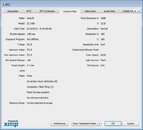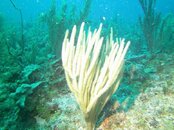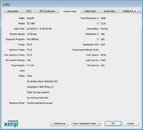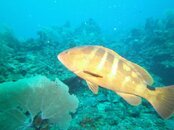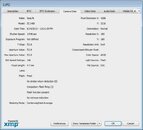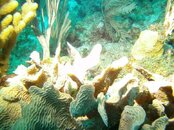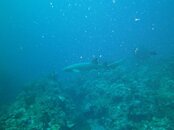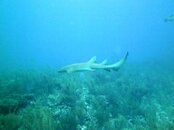Shipwreckscanada
Contributor
I purchased last month the Sealife DC1400 Pro set and used it in Belize for the first time last week (between 30 and 80 feet deep). Not being familiar with the camera, I used the Easy Set-up Mode as recommended in the Manuel and set it to Camera + External Flash (es). I also set the Flash Auto mode to the #1 position and the Brightness Control Knob set to auto. I also set the Pre Flash switch to 0.
Despite all this I still had a serious problem with my pictures being over-exposed and washed out. Not being able to fix the problem, I simply did the rest of my photography with my flash off.
My understanding is that this mode set-up is supposed to prevent this problem.
Is my camera defective?
Am I doing something wrong?
A diver aboard the boat said I need a diffuser, if this is true, why is one not included in the kit?
I’m still waiting for SeaLife to answer my email about this problem.
Despite all this I still had a serious problem with my pictures being over-exposed and washed out. Not being able to fix the problem, I simply did the rest of my photography with my flash off.
My understanding is that this mode set-up is supposed to prevent this problem.
Is my camera defective?
Am I doing something wrong?
A diver aboard the boat said I need a diffuser, if this is true, why is one not included in the kit?
I’m still waiting for SeaLife to answer my email about this problem.



